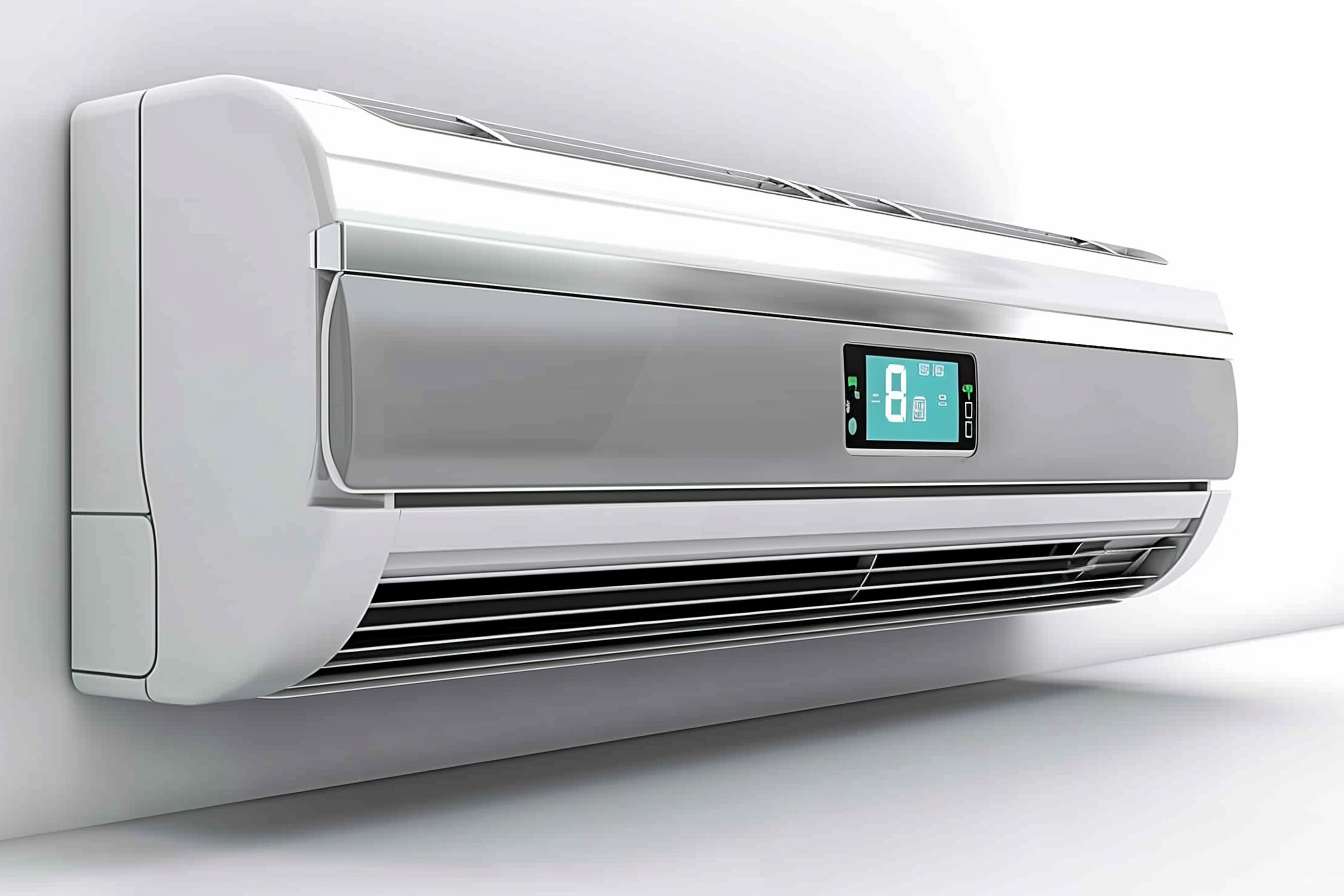Practical installation tips for efficient zone-based radiant systems
Zone-based radiant systems can deliver targeted warming with high energy efficiency when planned and installed correctly. This overview covers key installation considerations for electric radiant panels and infrared units in both indoor and outdoor settings, focusing on zoning, thermostat control, insulation, ventilation, safety, performance, and maintenance to help ensure comfort and lower emissions over the lifetime of the system.

Radiant warming principles and energy efficiency
Radiant systems transfer heat directly to people and surfaces rather than relying on heated air, which can improve perceived comfort and reduce overall energy use in zoned setups. When planning, consider the performance differences between far-infrared panels and electric resistance elements: placement, power density, and line-of-sight all affect how quickly a zone reaches the desired warming level. Efficient zoning ensures you heat only occupied areas, reducing wasted energy and lowering operating emissions compared with whole-building heating strategies.
Electric zone planning and installation considerations
Design each zone around typical occupancy patterns and load requirements. Map wiring runs, breaker capacity, and conduit routes early so electric circuits support simultaneous operation without overload. Select cabling and breakers to meet local codes and calculate combined load for peak demand. Install dedicated circuits where recommended by the product manual, and position panels to avoid obstructions. Incorporate local services for electrical inspections in your area during permit and installation phases to ensure safety and code compliance.
Patio and outdoor placement best practices
Outdoor zone-based radiant systems can extend comfort on patios, terraces, and covered porches, but exposure to wind and open air increases heat loss. Aim the radiant elements toward seating areas and use units rated for outdoor use with proper weatherproofing. Mounting height affects coverage and comfort—lower placement increases perceived warmth but may limit coverage. Consider supplemental wind screens or partial enclosures to improve efficiency and reduce energy use in outdoor zones.
Indoor retrofit, insulation, and ventilation impacts
When retrofitting radiant into existing rooms, evaluate insulation and drafts: improving wall, floor, and ceiling insulation reduces required power and improves responsiveness. Address ventilation paths so heated surfaces retain warmth rather than passing it immediately to outdoor air. In airtight homes, balance ventilation to maintain indoor air quality; in leaky spaces, seal gaps to maximize energy efficiency. Proper insulation also contributes to durability and long-term performance of zone-based radiant systems.
Thermostat, control strategy, and maintenance
Use programmable or smart thermostats that support multiple zones and staged control to optimize comfort and energy use. Localized controls allow lower setpoints in unoccupied zones and can reduce emissions by minimizing unnecessary runtime. For maintenance, schedule periodic visual checks, clean reflectors and surfaces, and verify wiring connections and control calibration. Regular maintenance preserves durability and consistent performance, and maintaining documentation of settings helps when troubleshooting zone discrepancies.
Safety, durability, and performance considerations
Follow manufacturer installation instructions to meet safety and durability requirements: maintain minimum clearances from combustible materials, use approved mounting hardware, and confirm ingress protection ratings for outdoor units. Check for overheating signs, discoloration, or unusual odors after initial operation. Durability is influenced by mounting method, exposure to moisture, and thermal cycling; select products with appropriate housings and finishes for the environment where they will operate.
Conclusion
Efficient zone-based radiant systems rely on careful planning of wiring and controls, thoughtful placement for both indoor and patio zones, and attention to insulation and ventilation. Prioritizing safety, proper thermostatic zoning, and routine maintenance supports long-term performance and comfort while reducing energy consumption and emissions. Thoughtful retrofits and adherence to local service requirements help ensure a reliable, durable zone-based radiant installation.





